Sommersemester 2018,
Our Local Nettle
The stinging nettle is one of the oldest human companions. Due to its vast nutrient content it has been used for food and medicinal purposes since centuries. In particular, large amounts of flavonoids, iron and protein, but also vitamins A and C and minerals such as calcium, silica and magnesium. A more unheard use of nettles is processing the long cellulose fibers in the plant’s stem to produce yarns and fabrics.
Every part of the plant has an application: The young leaves for salad, soup or tea to stimulate blood circulation, the seeds are a vegan protein supplement, the stems for textiles, the root is a beneficial remedy against rheumatism, urinary problems and allergies amongst other medical conditions. And any part of the plant, soaked for over one week, provides one of the best natural liquid fertilizers and pesticides for agriculture. This miracle plant grows wildly in areas inhabited by people. It needs little water and it’s a natural pesticide, so it constitutes an excellent alternative to cotton textiles and to chemical medicine, fertilizers and pesticides.
Our Local Nettle reinterprets the image of this urban plant, shows its diverse qualities and motivates people to integrate nettles as a local resource in everyday life. For this an internet blog with information about the plant was created and an open lab in cooperation with OSCE Days Berlin offering workshops and hands on experiments with nettles. Throughout the project, many uses of the plant were tested; food recipes such as nettleade, nettle pesto, nettle smoothie powder, roasted nettle seeds and nettle risotto. In order to assess the potential risks of consuming the urban nettles, chemical pesticide and heavy metal tests were run in a cooperation with the company Analytica Alimentaria.
Many models for the usage in design were put to practice; due to nettle’s high content in cellulose it’s possible to make pure nettle paper and survival cordage can be made with very few tools out of the fresh stems. Several procedures to extract light green fine and resistant nettle fibers were tested and the fibers were plied into fine string. Finally pulverised nettles and nettle juice were used as pigment base for screen printing colour and writing ink.
Studying the versatility of the stinging nettle has unveiled its great potential within the current ecological crisis. The resource scarcity and the worldwide pollution through textile and food industry could be lessened; in a post-globalisation scenario the nettles can regain their importance as human companions.
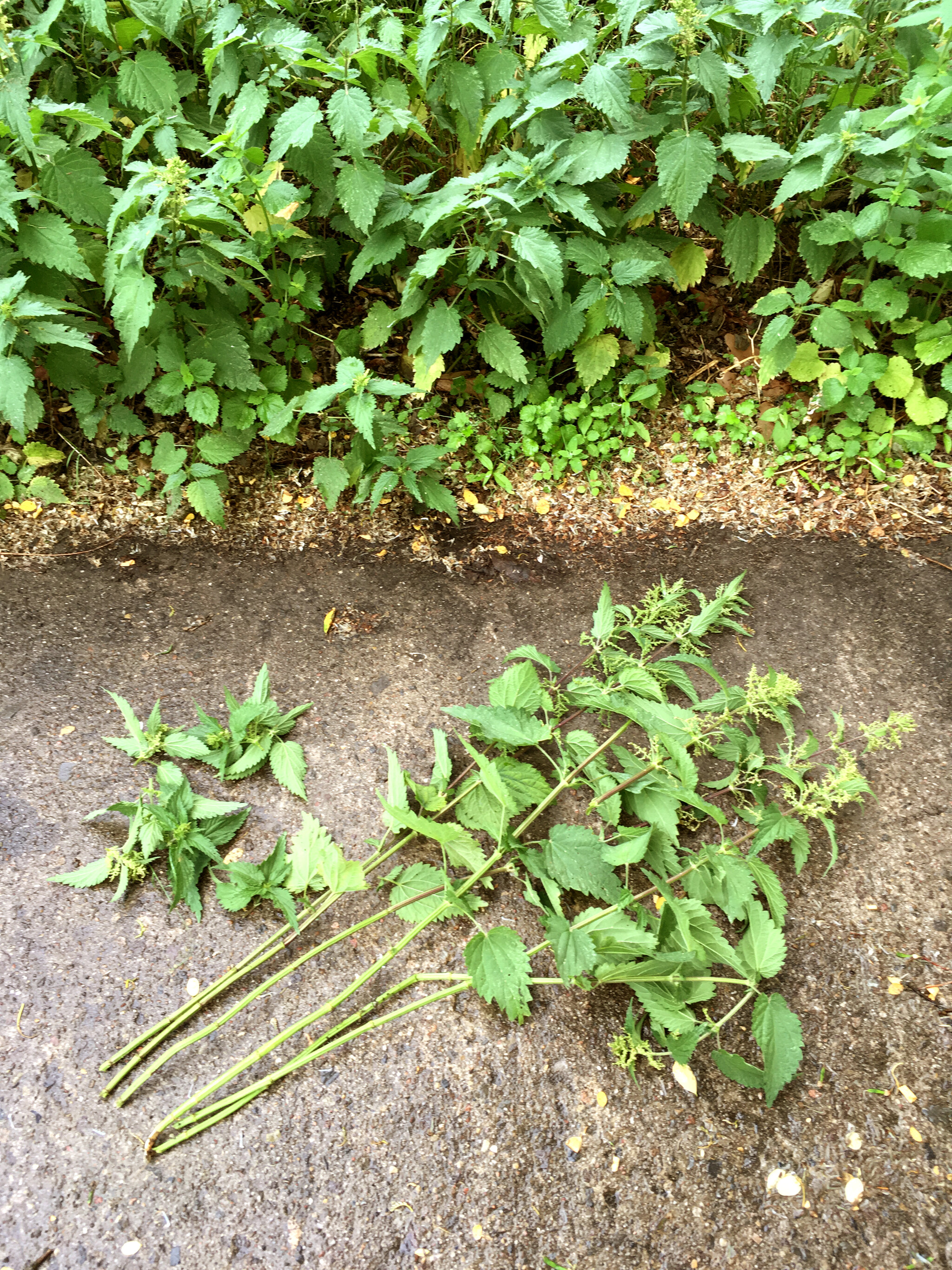
Nettle picking
Alle Rechte vorbehalten Tau Pibernat
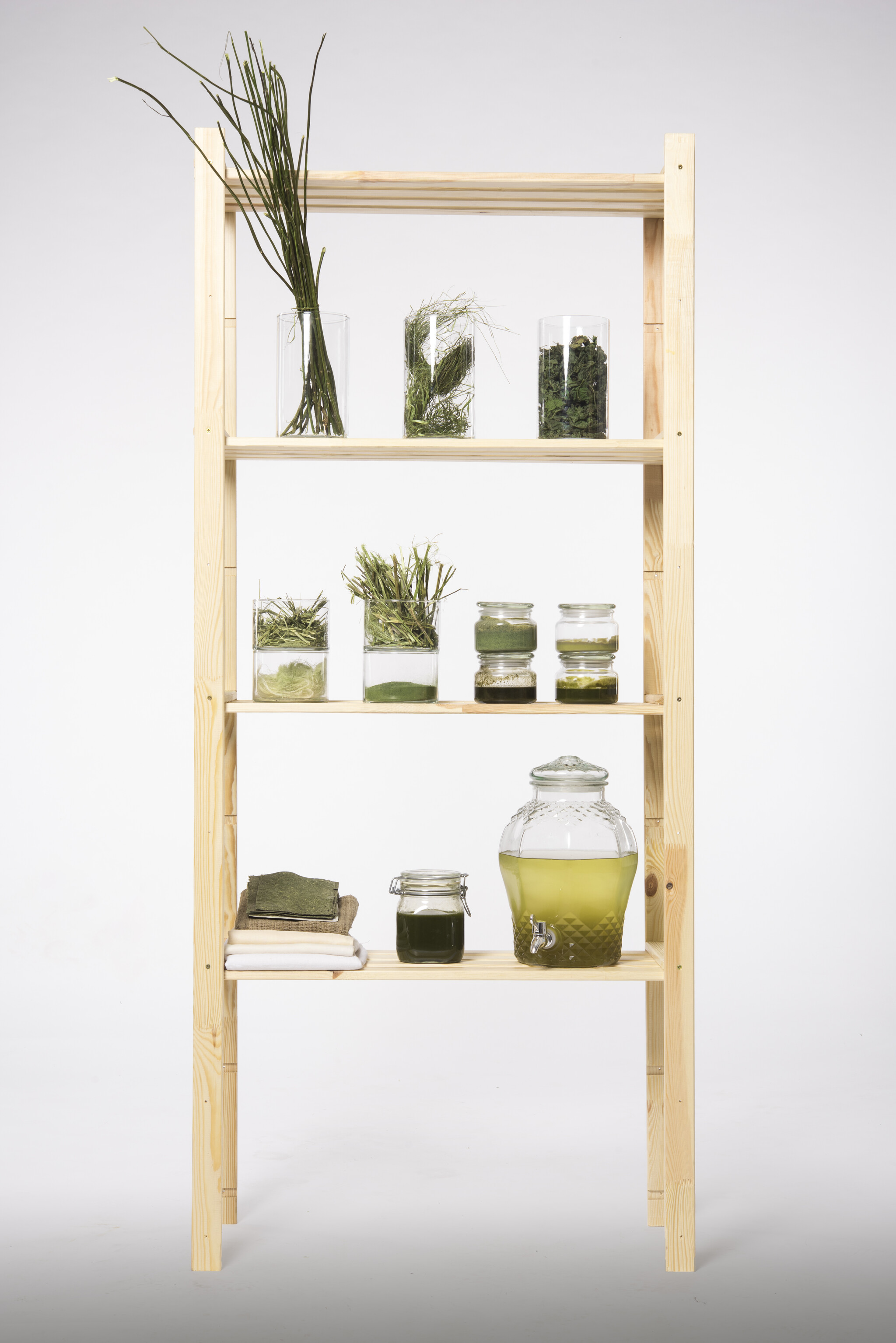
Alle Rechte vorbehalten Tau Pibernat
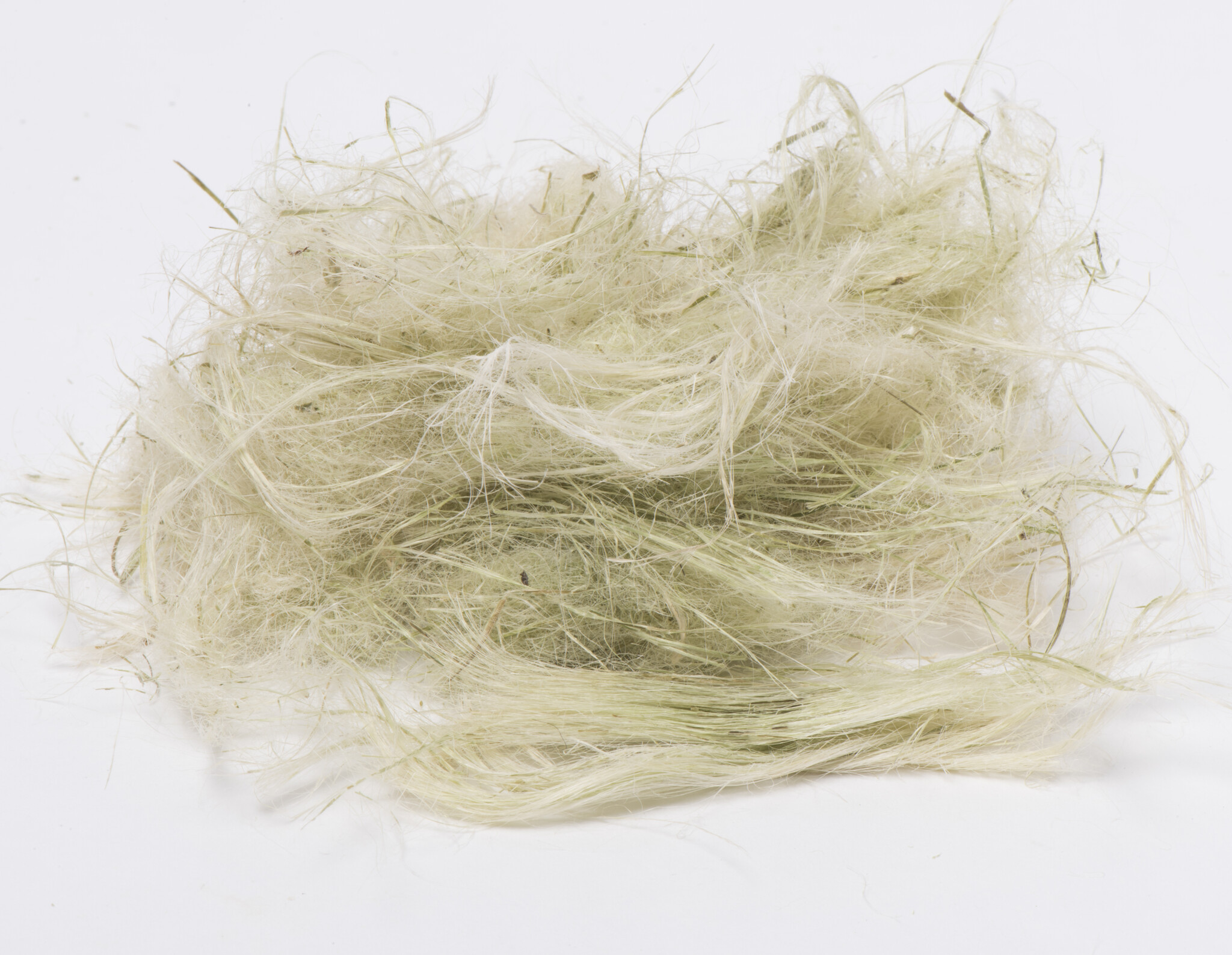
Fibers
Alle Rechte vorbehalten Tau Pibernat
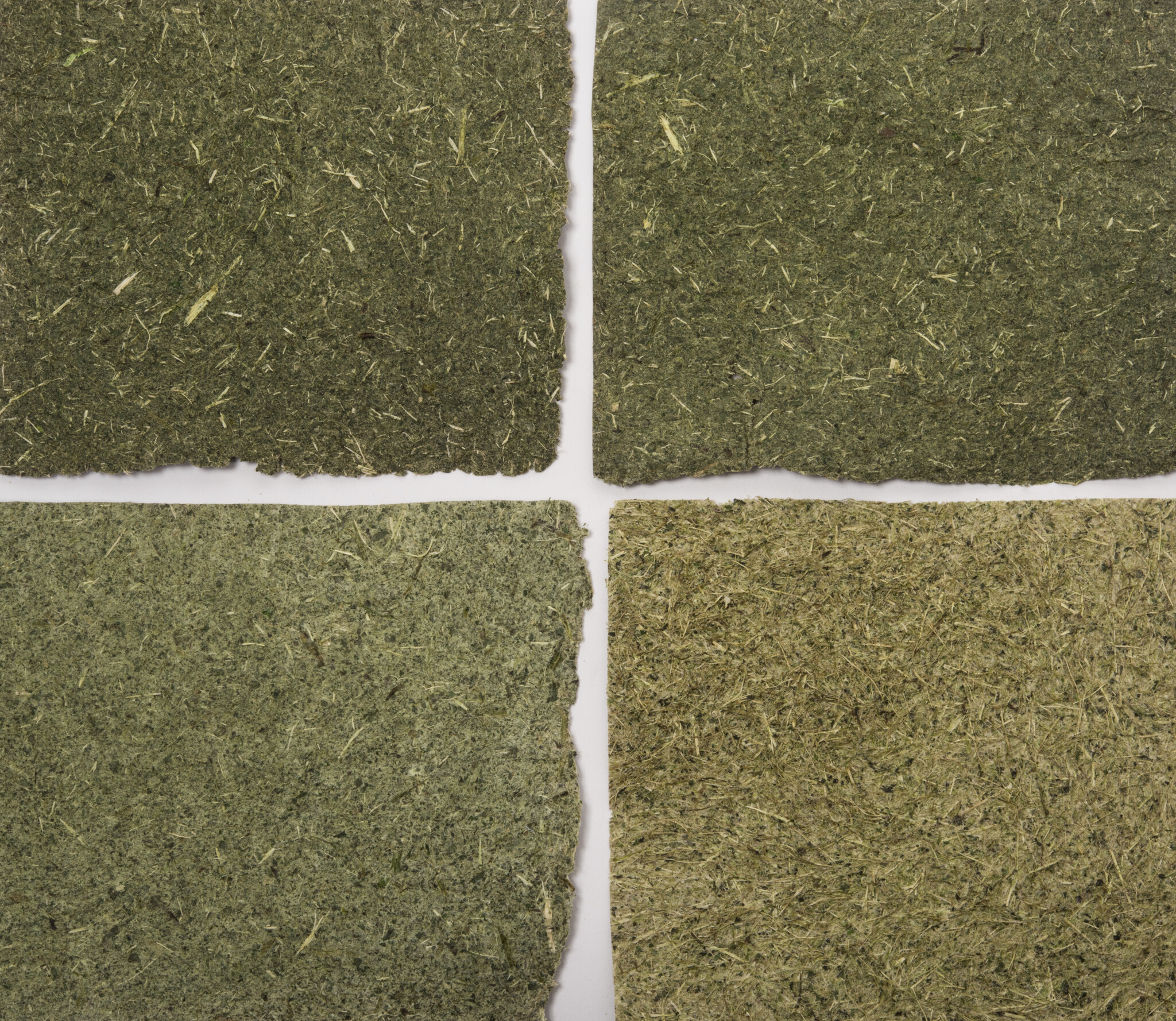
Alle Rechte vorbehalten Tau Pibernat
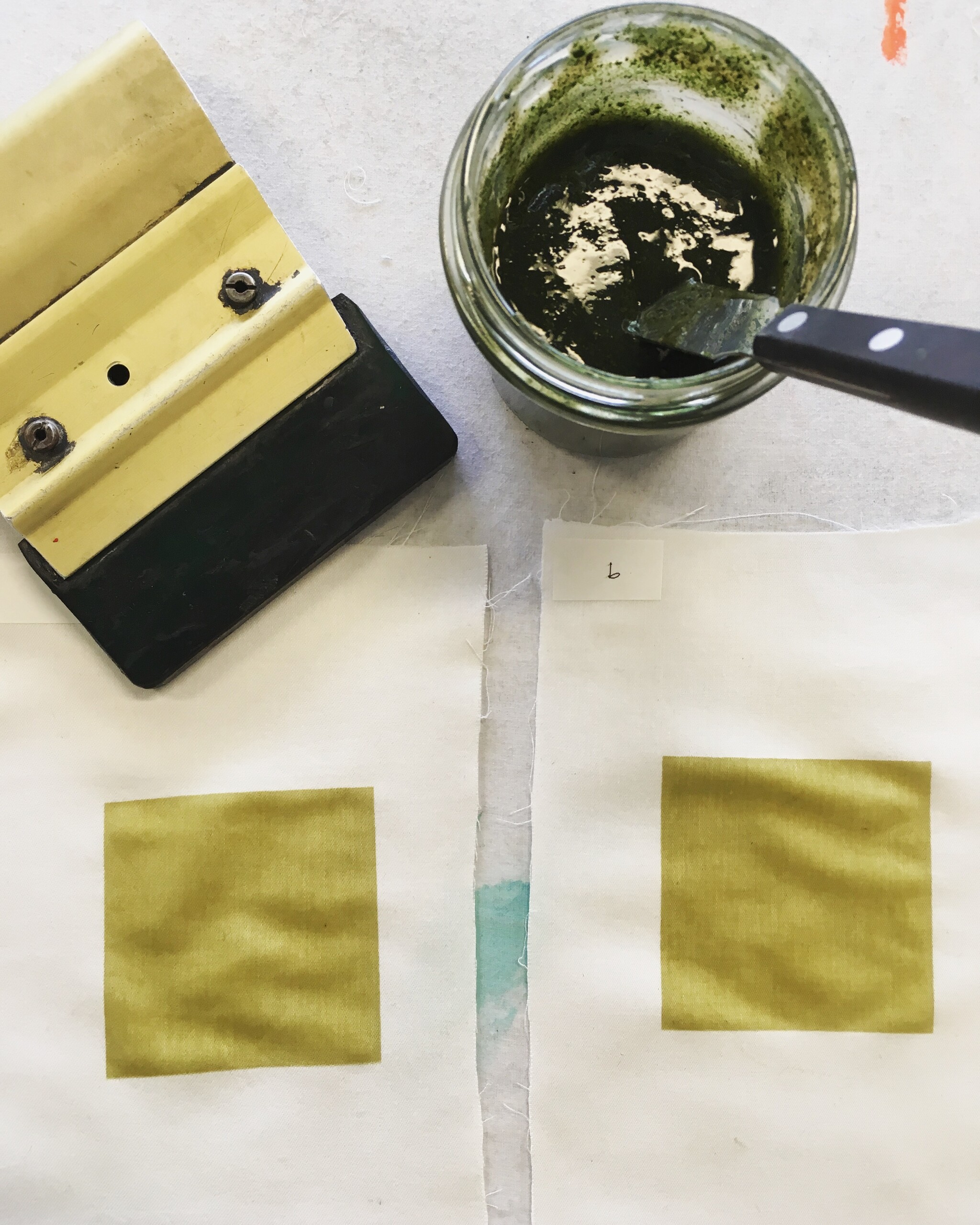
Alle Rechte vorbehalten Tau Pibernat
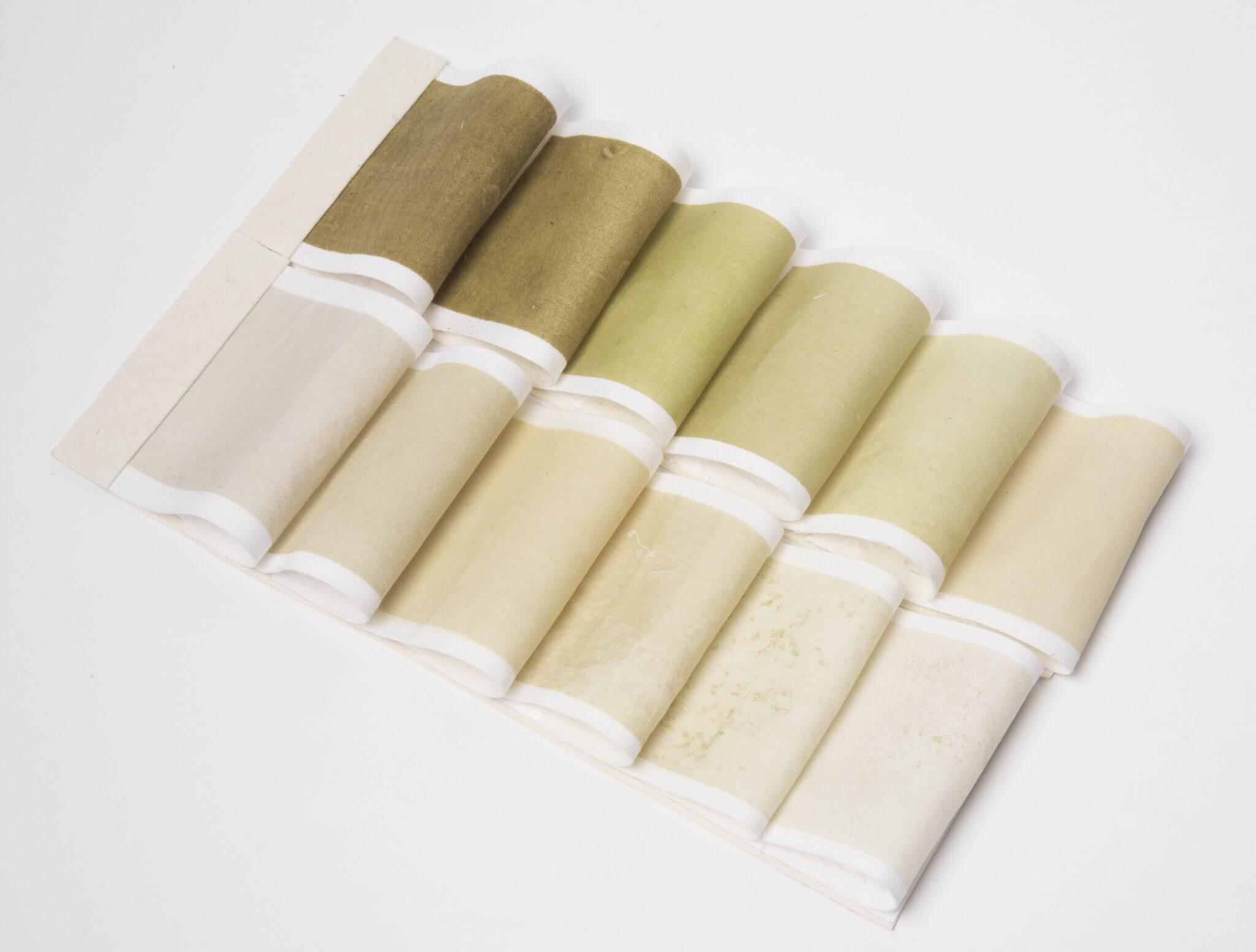
Alle Rechte vorbehalten Tau Pibernat
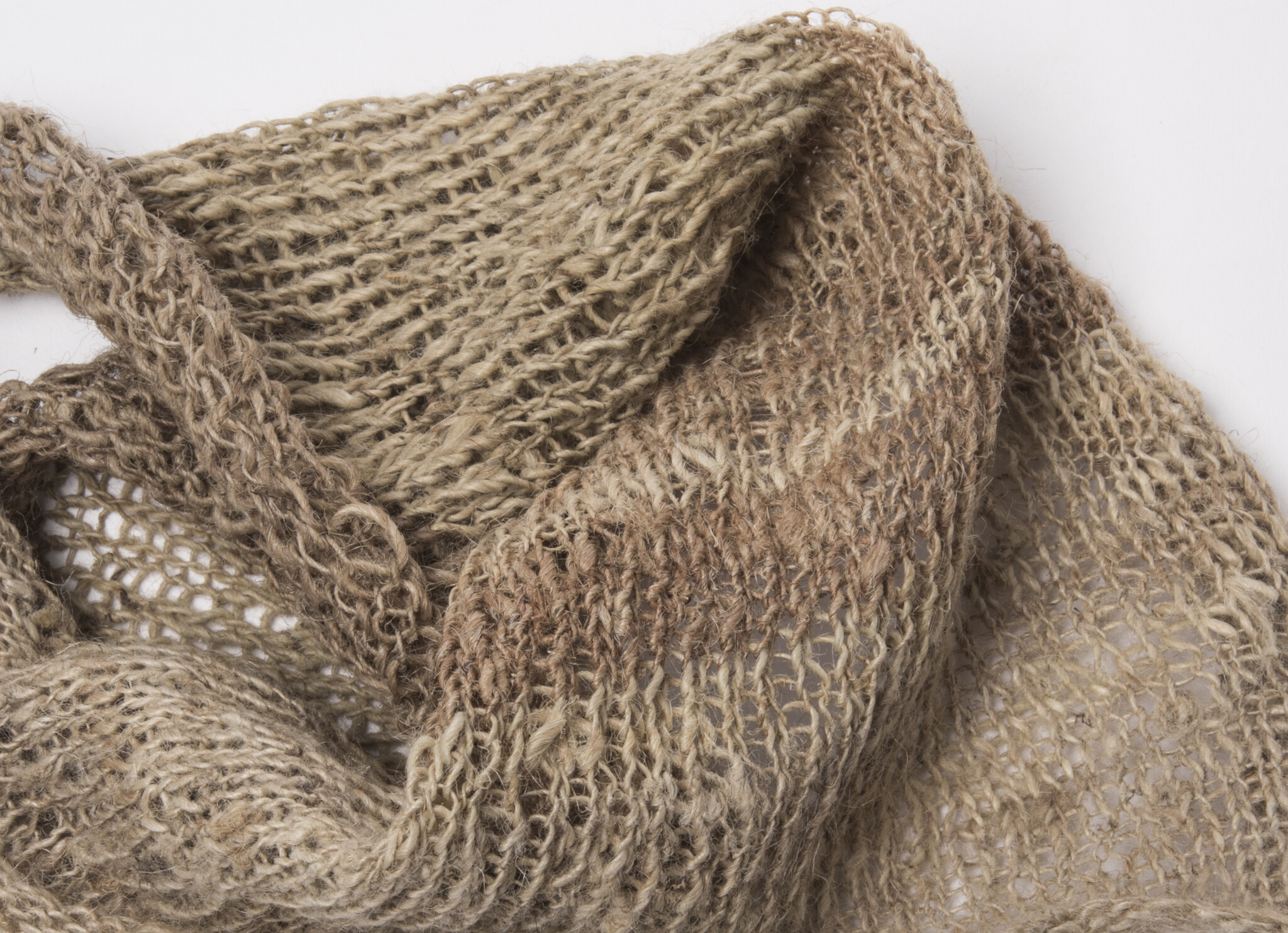
Alle Rechte vorbehalten Tau Pibernat
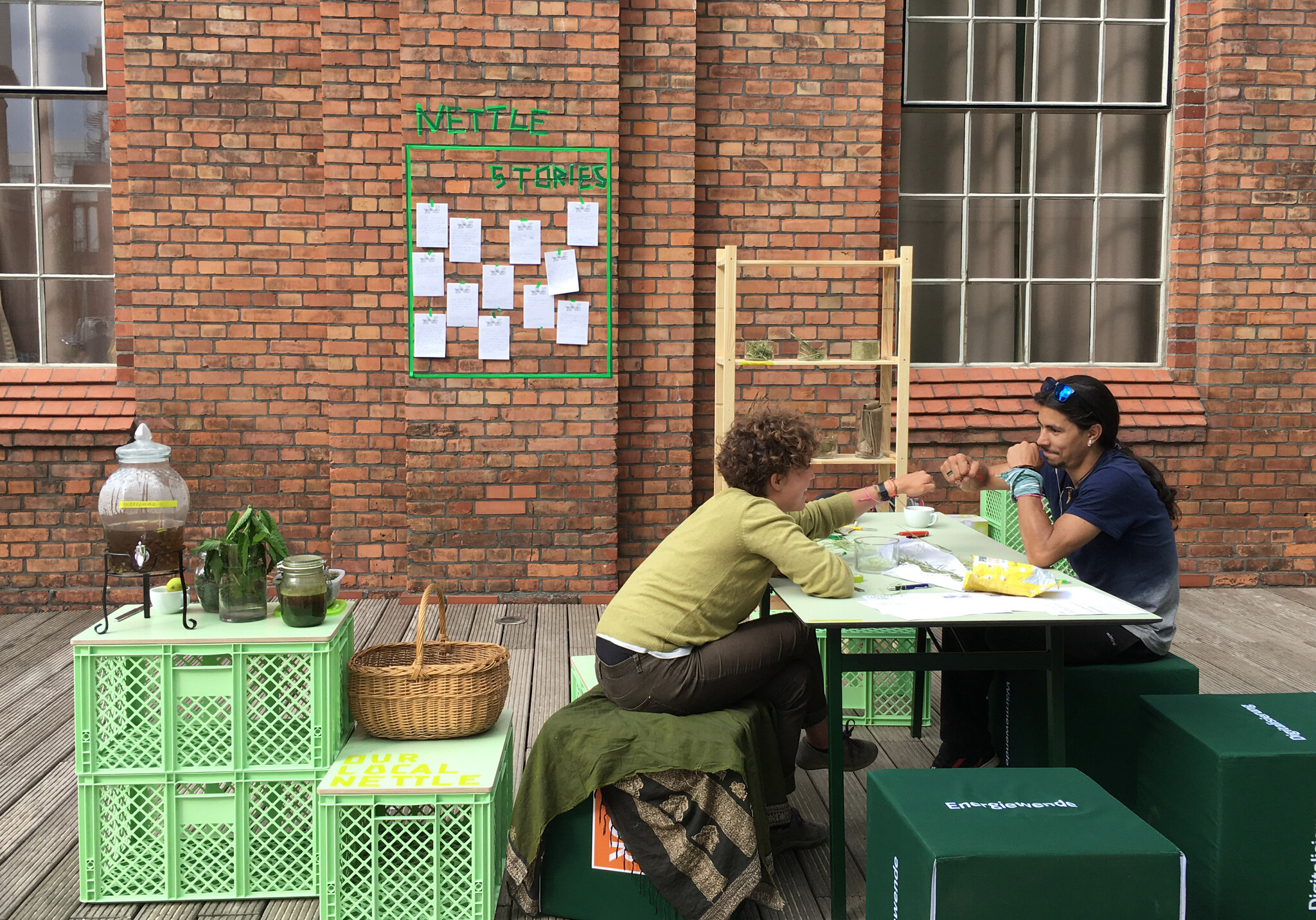
OSCE Days Workshop
Alle Rechte vorbehalten Tau Pibernat